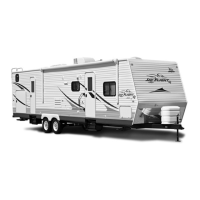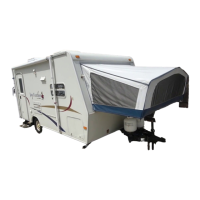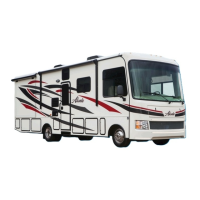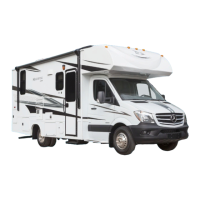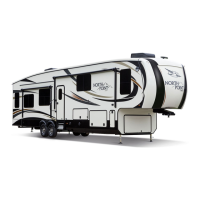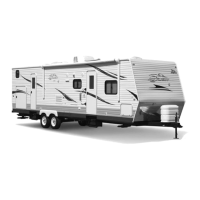Alarm Signals
Normal Operation: The LED will maintain a steady green light, indicating that the
alarm is powered.
CO alarm condition: The red LED light will remain steady and the alarm will sound
4 “BEEPS” then silent for 5 seconds. These signals indicate immediate action is
required.
Propane gas alarm: The red LED light will flash and the alarm will sound a steady
tone. These signals indicate immediate action is required.
Alarm malfunction/low battery: The gas LED will remain off and the
Operational/CO LED will alternate re/green and the alarm will sound once every 15
seconds.
End of life alarm: The LED will flash red/red, green/green and the alarm will
“BEEP every 25-30 seconds. The alarm should be immediately replaced.
Maintenance
Vacuum the alarm cover at least once a year. Clean the cover by hand using a cloth
dampened in clean water. Dry with a soft cloth. Do not spray the front panel of the alarm
with cleaning agents or waxes. This action may damage the sensor causing an alarm or
cause the alarm to malfunction. Do not paint the face of the alarm.
Testing the combination carbon monoxide/ propane alarm
The TEST/RESET button tests all ELECTRICAL functions of the alarm. The TEST/Mute
switch is located on the front of the alarm. Press and hold the test button for 1 second.
The alarm is working properly if the GREEN indicator light changes color to RED and the
horn beeps 4 times. The Gas LED should also blink red.
NOTE: Pressing the test button does not check the sensor operation. Refer to the
carbon monoxide/propane alarm manufacturers user’s manual provided in the Warranty
Packet for additional information on testing the sensors.
Repair or replace the combination carbon monoxide/propane alarm when the alarm no
longer functions. As with any electronic product, it has a limited life. Alarms that do not
work cannot protect you.
NOTE: The carbon monoxide/propane alarm manufacturer strongly recommends
replacement of the detector five years after the date of purchase.
Refer to the Warranty Packet for more information from the carbon monoxide/ propane
alarm manufacturer.
FORMALDEHYDE
Some components in the recreation vehicle contain formaldehyde-based adhesives that
may release formaldehyde fumes into the air for an unknown period of time. Individuals
who are allergic to formaldehyde gas fumes may experience irritation to eyes, ears, nose
and throat. Indoor air quality may also be affected by leaving your vehicle closed for a
period of time.
To aid in dissipation, ventilate the recreation vehicle by opening all windows and circulate
the air with a fan.
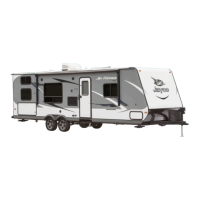
